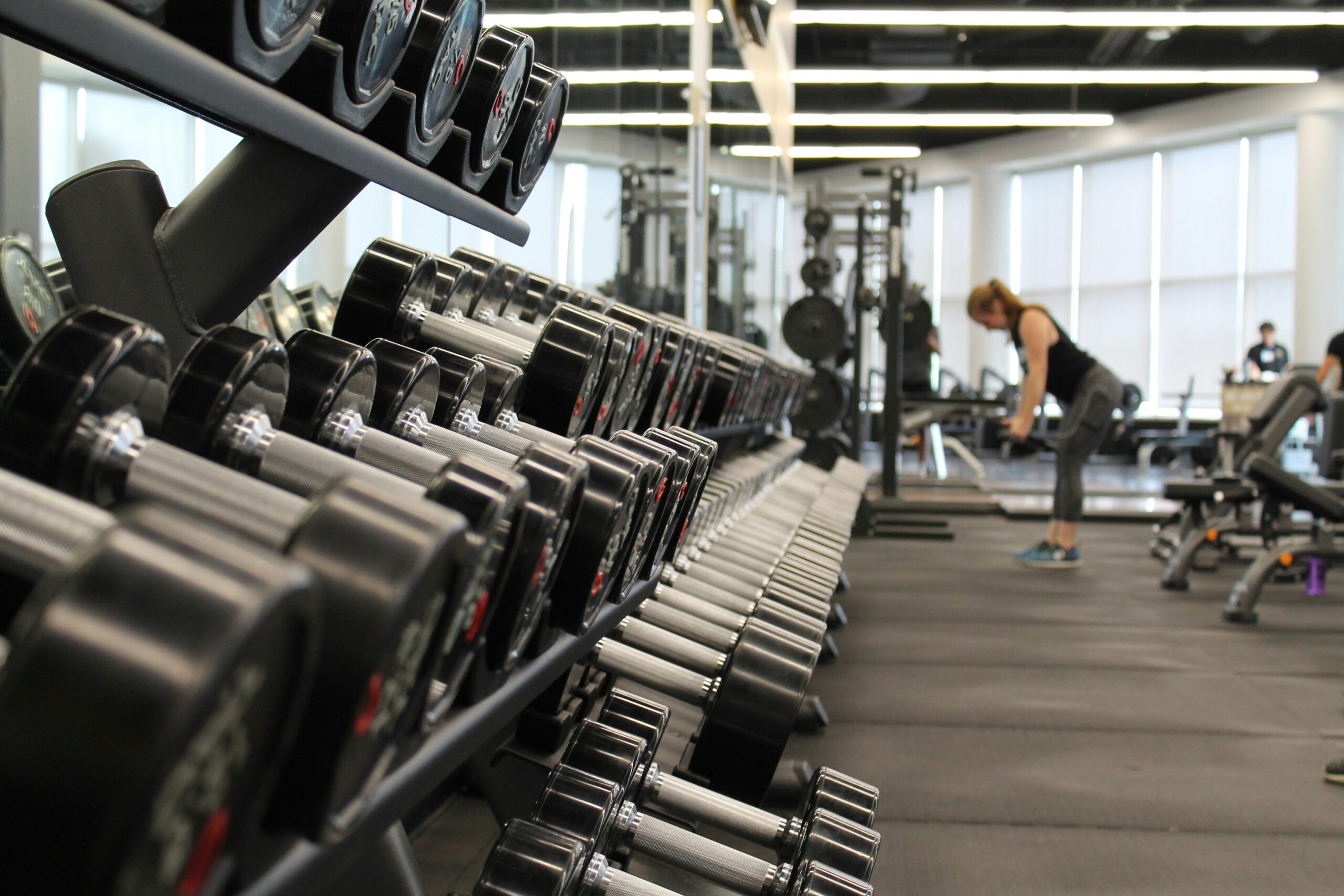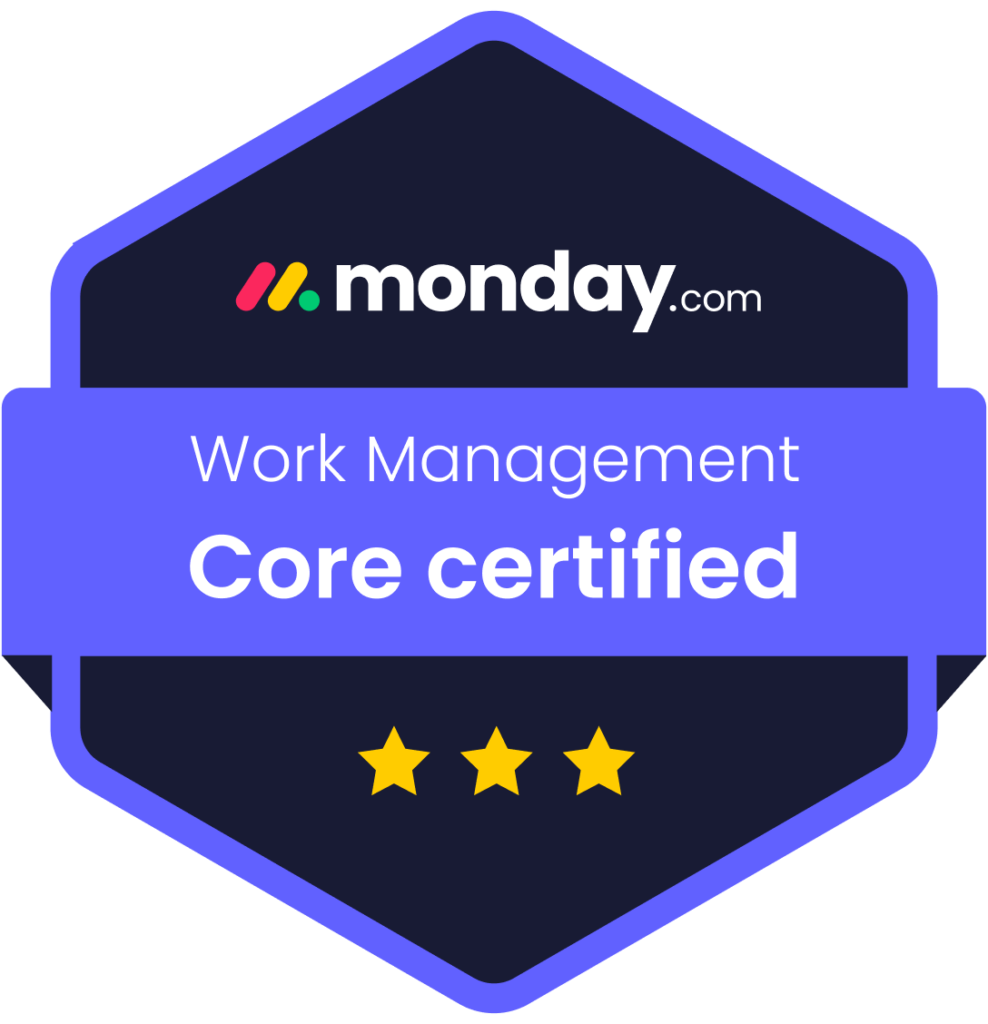Ranking higher on Google Maps is a game-changer for any local business, and gyms and fitness studios in Connecticut are no exception. Being highly visible in Google Maps helps potential customers find you, increases foot traffic and enhances your local reputation. Here’s how to optimize your gym or fitness studio to rank higher on Google Maps.
Why Google Maps Ranking Matters
Google Maps is one of the most-used services for finding local businesses, especially gyms and fitness centers. When people search for “gyms near me” or “fitness studios in Connecticut,” they rely on Google Maps to show them the most relevant and accessible locations. A high ranking ensures that your gym appears near the top of search results, driving more traffic, memberships, and overall visibility.
Optimizing Your Google Business Profile (GBP)
Claim and Verify Your Google Business Profile
Your Google Business Profile (GBP) is the first and most crucial step for ranking on Google Maps. If you haven’t already claimed your profile, do so immediately. After claiming your business, verify it by requesting a verification postcard from Google, which typically arrives within five days.
- Accurate Business Information: Make sure all your details, such as the gym’s name, address, phone number (NAP), and website, are accurate and consistent across all online platforms. Inaccurate details confuse customers and can negatively impact your ranking.
Optimize Your Profile with Relevant Keywords
To improve your visibility, incorporate relevant keywords into your business description and services section. For example, if you’re a CrossFit studio in Stamford, ensure your description includes phrases like “CrossFit gym in Stamford” or “Connecticut fitness classes.”
Add High-Quality Images and Videos
Visual content significantly boosts user engagement. Upload professional, high-quality photos of your gym equipment, trainers, facilities, and even current members in action. This attracts potential clients and signals to Google that your business is active and engaging.
Encourage and Manage Customer Reviews
Get Positive Reviews
Positive reviews are one of the strongest signals for Google Maps rankings. Encourage satisfied members to leave reviews by integrating this request into your communication channels like emails, SMS, or in-person conversations.
How to Encourage Reviews
- Send a Follow-Up Email: After a member signs up or completes their first workout, send a follow-up email asking them to leave feedback.
- Offer Incentives: You can also offer small perks, like a free class or a discounted membership, in exchange for an honest review.
Respond to Reviews
It’s crucial to engage with your reviews, both positive and negative. Responding shows that you care about customer feedback, which can lead to increased engagement. A professional and empathetic response to negative reviews also builds trust with potential customers browsing your profile.
Utilize Local SEO Techniques
Location-Specific Keywords
Incorporate location-based keywords into your gym’s website and Google Business Profile. Keywords like “Hartford gym,” “yoga studio in New Haven,” or “personal training in Bridgeport” ensure that Google associates your business with those specific areas.
Create Location-Based Content
Create blog posts or pages on your website that are optimized for local searches. For example, you could write about “Best Fitness Routines in Connecticut” or “Why Our Gym in Stamford Offers the Best CrossFit Experience.”
Local content can also include information about events, promotions, or partnerships with other local businesses, strengthening your connection to the community and boosting your local ranking.
Use Google Posts to Increase Engagement
Google Posts is a feature that allows you to share updates, offers, events, and announcements directly on your Google Business Profile. Frequent and relevant posts can boost user engagement and signal to Google that your gym is active and worth showing in search results.
Best Practices for Google Posts
- Post Regularly: Consistency is key. Posting at least once a week keeps your profile active and engaging.
- Promotions and Events: Share promotions, events, and new classes to give potential customers a reason to visit your gym.
- Calls to Action: Always include a call to action (CTA) like “Sign up now,” “Learn more,” or “Book a free session today” to encourage users to interact with your post.
Build Local Citations and Backlinks
What Are Local Citations?
Local citations refer to mentions of your gym’s NAP (name, address, phone number) on other websites, such as local directories or blogs. The more consistent and frequent these citations are, the better your ranking will be on Google Maps.
Examples of Local Citation Sources:
- Yelp: Optimize your Yelp page and ensure your information matches what’s on your Google Business Profile.
- Fitness-Specific Directories: Listings on sites like ClassPass, Gym Locator, or WellnessLiving can also boost your citation count.
- Local Blogs and Websites: Try to get featured on local news websites or Connecticut-based fitness blogs. These backlinks not only drive traffic but also increase your domain authority, which is crucial for higher rankings.
Leverage Mobile Optimization and User Experience
Ensure Your Website Is Mobile-Friendly
More than half of all local searches are done on mobile devices. Make sure your gym’s website is optimized for mobile viewing. This includes:
- Fast Load Times: Compress images and minimize code to reduce load times.
- Easy Navigation: Ensure that your website is easy to navigate on small screens with clickable buttons and links.
- Mobile Payments: If your website offers membership sign-ups, ensure the payment gateway is mobile-friendly.
Optimize for Local Search Queries
Long-Tail Keywords for Voice Search
Voice search is becoming more popular, and users often phrase voice search queries differently than they do typed searches. For example, instead of typing “gym in Hartford,” they might say, “What’s the best gym near me?”
To optimize for voice search:
- Use Conversational Keywords: Incorporate longer, more conversational phrases like “Where can I find a CrossFit class in Stamford?”
- Answer Local FAQs: Consider adding an FAQ section that answers common local search queries, such as “What are the gym hours?” or “Does your gym offer personal training?”
Implement Google Maps Ads
Google Maps Ads are an effective way to immediately boost your visibility, especially if you’re in a competitive area. These ads appear at the top of Google Maps search results and can significantly increase traffic to your profile.
How to Set Up Google Maps Ads
- Use Location Extensions in Google Ads: Set up location extensions so that your ads appear on Google Maps when users search for related keywords.
- Target Specific Areas: You can target ads to specific areas around your gym to ensure they reach the right audience.
Track and Measure Your Google Maps Ranking
To maintain your Google Maps ranking, it’s essential to monitor and optimize your efforts regularly. Tools like Google Analytics and the insights provided by Google My Business can give you an overview of how users interact with your profile.
- Monitor Search Queries: Watch what search terms bring visitors to your profile. This will help you refine your keyword strategy.
- Track Engagement: Pay attention to how users interact with your Google Posts, reviews, and the CTA buttons on your profile.
Conclusion
Ranking higher on Google Maps can significantly enhance the visibility of your gym or fitness studio in Connecticut. By optimizing your Google Business Profile, encouraging reviews, Search Engine Optimization In CT, and utilizing Google Maps Ads, you can ensure your gym stands out from the competition. Regular monitoring and updates will ensure your rankings remain high, bringing more customers through your doors and keeping your business at the top of search results.












